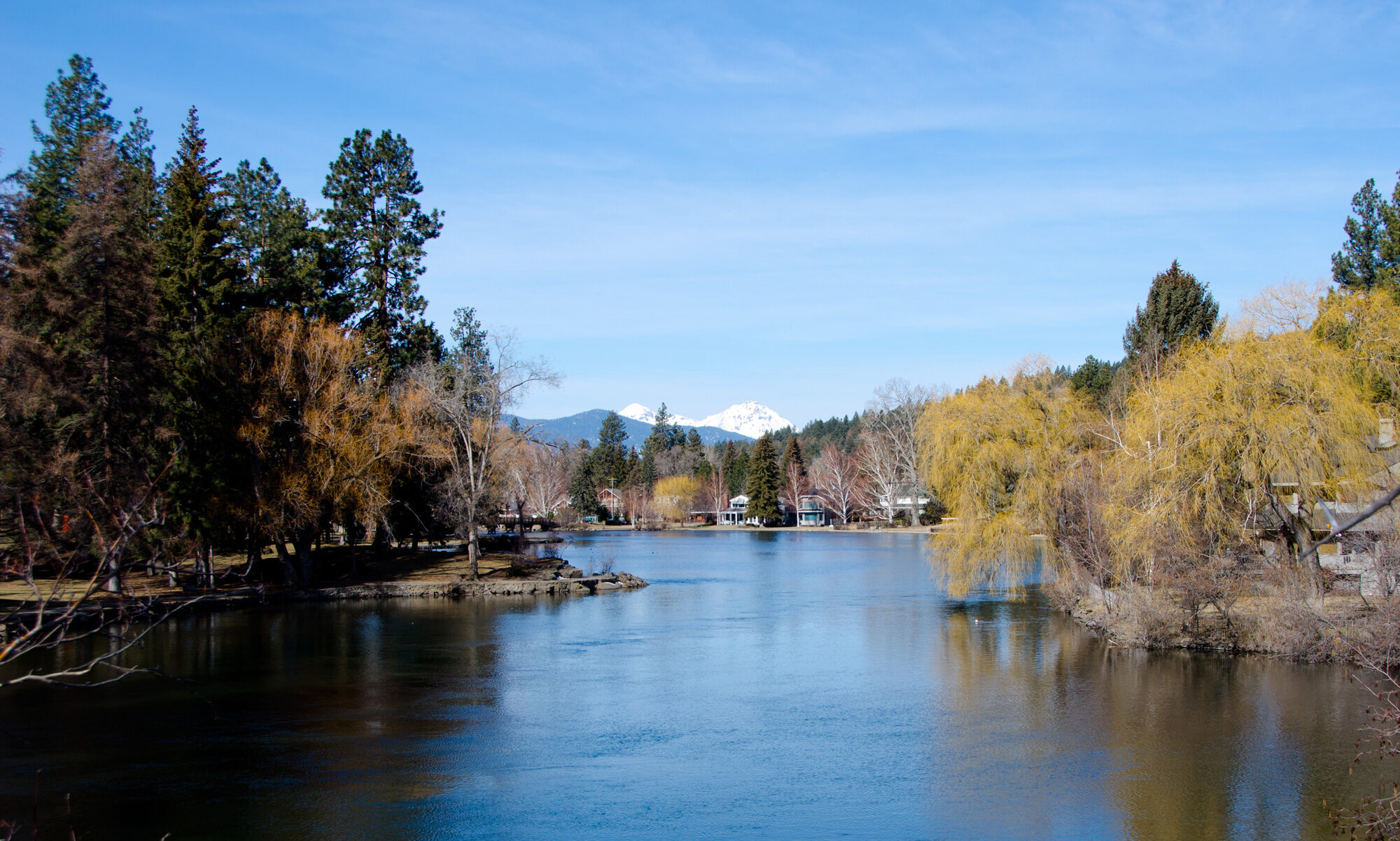With regard to Mirror Pond and the various strategies to study/dredge one of Central Oregon’s defining scenic places, I wonder if all the folks involved with managing Mirror Pond realize the amazing opportunity that this “problem” presents.
Silt happens. When Mirror Pond was last dredged in the mid-1980s, it was a quick fix. There was general agreement then that the pond would need dredging again in 25 years or so. Nothing was done at the time to prepare for that eventuality, however. Central Oregon was in the middle of a recession — sound familiar? — with double-digit unemployment.
The strain and pain of that earlier recession did teach us to rely on ourselves and build community partnerships to move forward. Regional economic strategies, the Bill Healy transitional housing complex, the Oregon State University-Cascades Campus and the partnership for fire protection between the city and the rural fire protection district — all are examples of community partnerships with broad participation that accomplished great things, relying on innovation and synergy, more than just another tax measure.
For Mirror Pond, an opportunity exists to develop a similar dynamic partnership among the pond’s managing and regulating agencies. The city of Bend and Bend Park & Recreation District manage the land and public use of the park surrounding Mirror Pond. PacifiCorp operates and manages the dam that forms Mirror Pond. And Central Oregon’s irrigation districts control the water that flows through Mirror Pond.
For any one of those managing agencies, Mirror Pond does present a difficult, possibly insurmountable problem. For all four agencies working together, an equitable and lasting solution could be achieved long before we reach a point where crossing the pond no longer requires a bridge.
In order to seize the opportunity that Mirror Pond offers, all of the managing agencies need to accept the challenge and take responsibility for fixing it. The first step is a commitment from the four Mirror Pond management agencies to jointly fund a study. Share the cost, share the risk, as they share the benefits.
Now, a study doesn’t do anything to fix Mirror Pond. It will, however, provide a foundation and structure to support the best possible fix for the pond and for the community.
The best fix for Mirror Pond will come with:
- An analysis of the regulatory and environmental impacts associated with dredging the pond.
- An evaluation of the best management practices and most recent engineering technology.
- Public involvement.
- A broad-based community commitment to a long-term solution.
A study will do all those things and one more. It will provide the key to matching state/federal funding for a stable, lasting fix for Mirror Pond.
Any emergency quick-fix dredging of the pond will still require some environmental assessment that will more than likely be challenged in court because it is a quick fix, not the right fix.
A study, backed by a committed community partnership, opens up wider access to state and federal funds, while offering the strongest possible application for assistance in a highly competitive environment for state and federal support.
All it takes to make this happen is for the managing agencies to step up, take responsibility and do right by the pond. This beautiful, heavily used and highly valued piece of Central Oregon deserves it.
And who knows? If the agencies can work together to fix Mirror Pond, what other community issues could be resolved by building partnerships and finding the “opportunities?”
Source: The Bulletin
